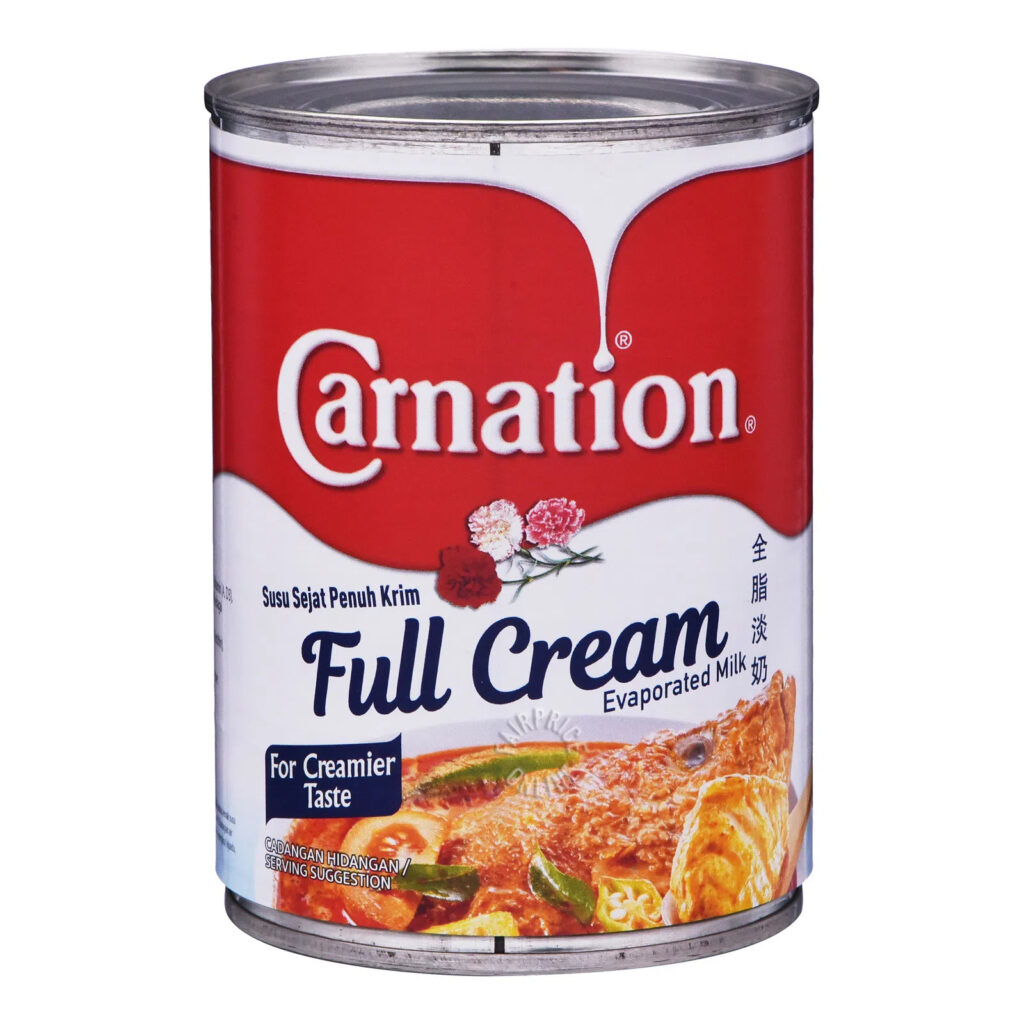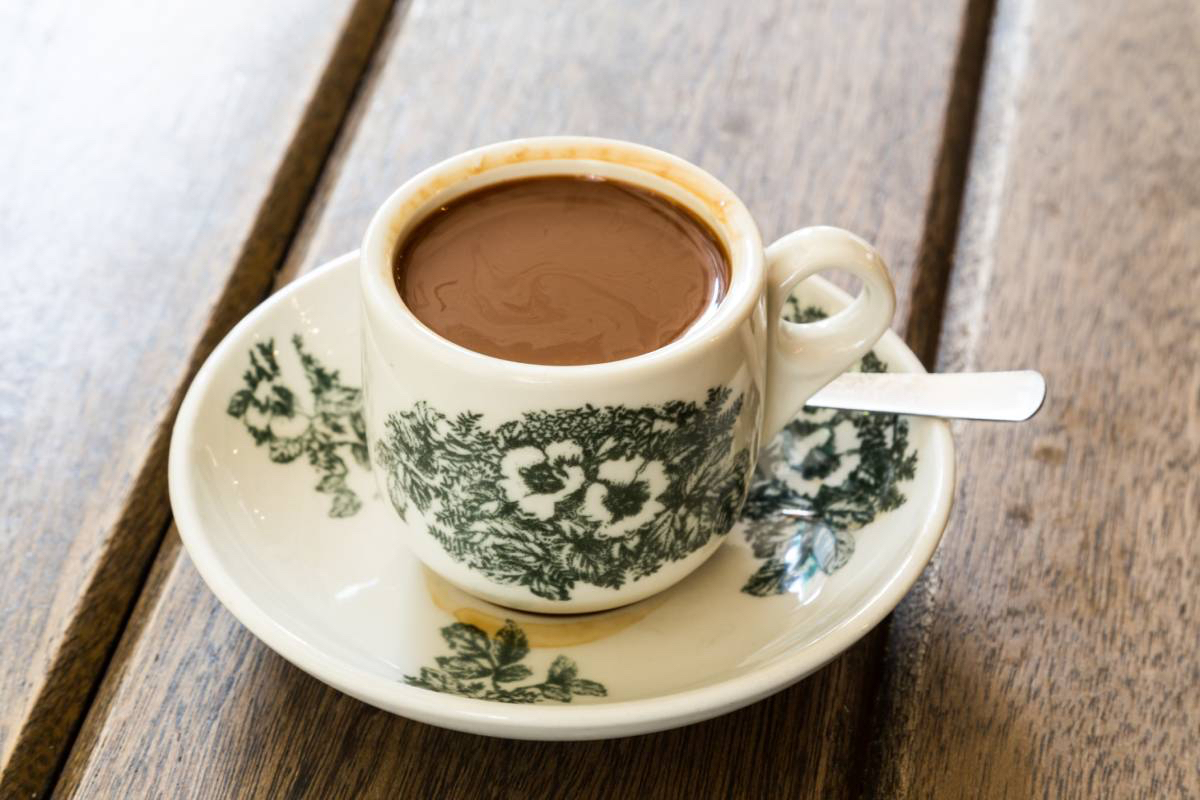If you’ve ever queued up at a hawker stall in Singapore or Malaysia and ordered a cup of kopi, you’ll know this isn’t your average coffee experience. Local coffee culture has its own vocabulary—kopi o, kopi c, kopi siew dai—each variation offering something slightly different in taste, strength, and sweetness.
But one of the biggest distinctions in the kopi world comes down to what kind of milk is used. While some kopi fans swear by the thick sweetness of condensed milk, others prefer the smoother, more subtle flavour of evaporated milk. These two ingredients might seem interchangeable at first glance, but they actually produce very different cups of coffee.
So what exactly is the difference between kopi with condensed milk and kopi with evaporated milk? And which one should you order? Let’s break it down.
Understanding the Base: What Is Kopi?
Before we dive into milk choices, let’s talk about the base. Traditional kopi is made from robusta beans, roasted with margarine and sugar to bring out dark, caramelised flavours. The beans are brewed using a cloth sock filter and a metal kettle, resulting in a thick, full-bodied coffee concentrate. This brew forms the foundation of all kopi drinks.
Unlike Western-style drip or pour-over coffee, kopi is strong, bold, and often enjoyed with some form of milk or sugar. That’s where condensed and evaporated milk come in—and they each bring something unique to the cup.
Kopi with Condensed Milk: Sweet, Thick, and Comforting
When you order just “kopi” in Singapore, you’re usually getting the version made with sweetened condensed milk. It’s the classic choice: sweet, creamy, and familiar.
Condensed milk is essentially cow’s milk that has had most of its water removed and sugar added. The result is a thick, syrupy milk that’s both sweet and rich. When mixed with kopi, it mellows out the bitterness of the robusta beans and gives the drink a dessert-like quality.
The sweetness isn’t subtle. It’s pronounced, but in a satisfying way. The condensed milk not only adds flavour but also texture, giving the drink a smooth, almost velvety consistency. It’s no surprise that many people’s first introduction to kopi is this version—it’s accessible, indulgent, and feels like a comforting treat.
Kopi with Evaporated Milk: Balanced, Smooth, and a Bit More Refined
Now let’s talk about kopi c—the version made with evaporated milk. The “C” comes from the Hainanese pronunciation of “Carnation,” a popular brand of evaporated milk in Singapore.

Evaporated milk, unlike condensed milk, is unsweetened. It’s created by removing about 60% of the water from milk, then heat-treating it to make it shelf-stable. The heating process gives it a lightly toasted, nutty flavor, which complements the strong brew without overpowering it.
In a cup of kopi c, the evaporated milk adds creaminess without the sugar hit. The result is a drink that feels a little lighter, a little more grown-up. You still get the richness of milk, but the focus stays on the coffee itself. For those who enjoy coffee with depth and just a hint of creaminess, kopi c often becomes the go-to.
Because it isn’t sweetened, kopi c also allows for more customisation. You can ask for more or less sugar (siew dai or gah dai), or even none at all (kosong)—making it a great option for people who are trying to cut back on sugar but still want a smooth, mellow cup.
The Taste Test: How Do They Compare?
Side by side, the two drinks offer completely different experiences. Kopi with condensed milk is rich and indulgent. The sweetness hits you first, followed by the comforting thickness of the milk, and finally the dark, roasted notes of the coffee.
Kopi c, on the other hand, feels more balanced. The coffee leads the flavour profile, supported gently by the creaminess of the evaporated milk. You’re more likely to pick up on the smokiness or slight bitterness of the robusta beans because they’re not hidden behind the sugar.
One isn’t necessarily better than the other—they just serve different moods. If you’re having kopi with kaya toast on a lazy Sunday morning, the sweet version might be your pick. But if you’re sipping coffee at your desk and want something that won’t overwhelm your taste buds, kopi c might be the better call.
Beyond Taste: Which Is Healthier?
There’s no denying that condensed milk packs a lot of sugar. If you’re drinking kopi once or twice a week, it probably doesn’t matter much. But if you’re a daily kopi drinker, those calories can add up quickly.
Evaporated milk has a creaminess that’s similar to condensed milk but without the added sugar. That makes it the lighter choice by default. You still get the mouthfeel and richness, but you can control the sweetness.
For anyone watching their sugar intake, or just wanting more control over what’s in their cup, kopi c is the more flexible and health-conscious option.
So, Which Should You Choose?
The beauty of kopi culture is that you don’t have to pick one forever. Maybe you want a kopi c in the morning and a sweet kopi in the afternoon. Maybe you change based on mood, weather, or what you’re eating.
If you’re someone who loves rich, creamy drinks and doesn’t mind a little extra sugar, kopi with condensed milk will hit the spot. It’s nostalgic, comforting, and tastes like a hug in a cup.
If you’re more of a coffee purist—or just prefer a slightly bitter, more balanced flavour—kopi with evaporated milk is likely your style. It’s cleaner, less sugary, and lets the flavour of the beans shine through.
Final Sip: Two Milks, Two Stories
Singapore’s kopi scene isn’t just about caffeine. It’s about heritage, comfort, and personal preference. Whether you’re Team Condensed or Team Evaporated, each variation tells its own story and reflects your taste.
The next time you’re at the coffee stall and someone ahead of you orders a kopi c siew dai, you’ll know exactly what they’re getting—and why it matters. And maybe, just maybe, you’ll try switching up your usual order too.


Leave a Reply